gm plant lovers!
One of the cool things about getting new plants is rearranging and giving maintenance to your home garden. As you might have seen from my previous post, an afternoon in garden paradise, we went to the plant nursery to buy some new greenery for our urban tiny home and some natural bug repellant to get rid of some pesky mealy bugs that have found their way onto our plants.
Today, we'll be spending a while giving some our plants a haircut, upgrading their soil with some compost and "worm tea" and we'll also be feeding our red wigglers so that they're happy and keep providing our plants with much-needed nutrients as well as reducing food waste.
Getting rid of dry leaves
We're no gardening experts; we just love plants. So it's only normal that we have some shortcomings when it comes to plant care. One such plant that has perhaps been in a less than optimal environment is our Wandering Jew (Tradescantia zebrina; aka: purple zebrina). poor thing has a bunch of dry little branches and leaves. Today, we snipped those off and kept only the good parts to repot.


We also have a green variety, which I'm not sure is the same plant. She got the same treatment.
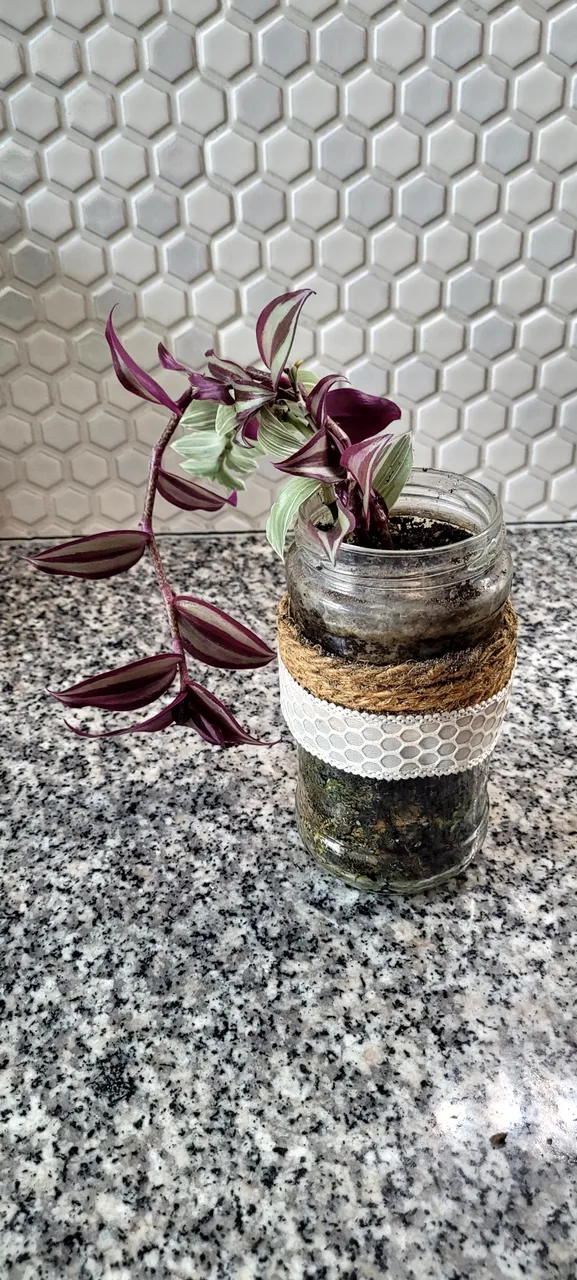
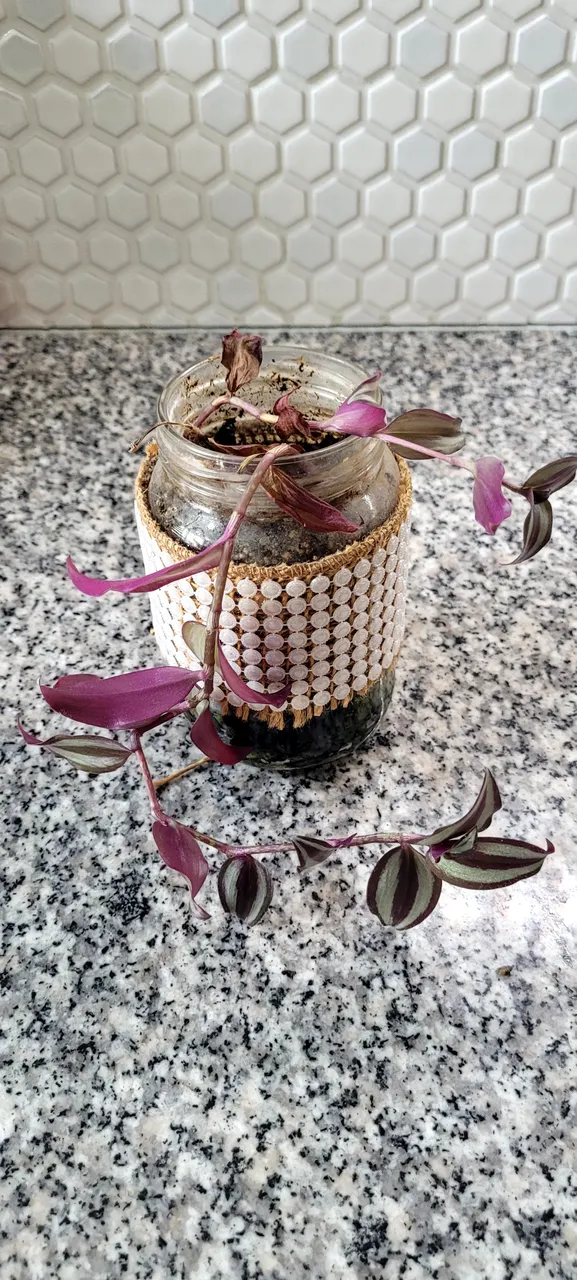
All set! back to their home under the staircase where they get indirect sunlight and hopefully will be happy.

Getting some worm tea
We have a three-tier compost system at home which we fill up with food scraps every 30 days or so. The red wigglers eat the food waste and make compost and "worm juice" or "worm tea" as a byproduct.
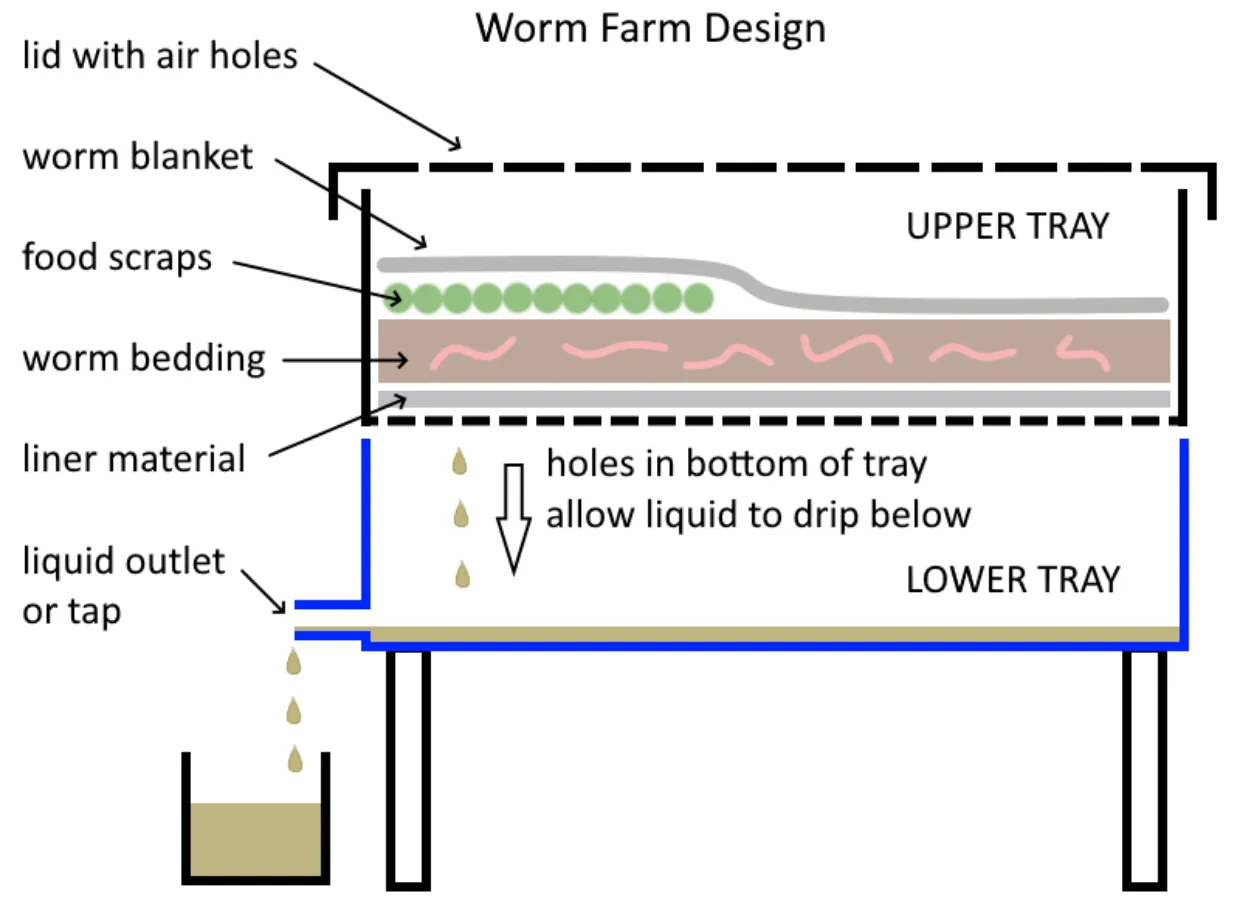
This is the bottom bin in our composting system. The liquid falls out from the bin that sits on top of this one and trickles down through some little holes we've drilled on the lid
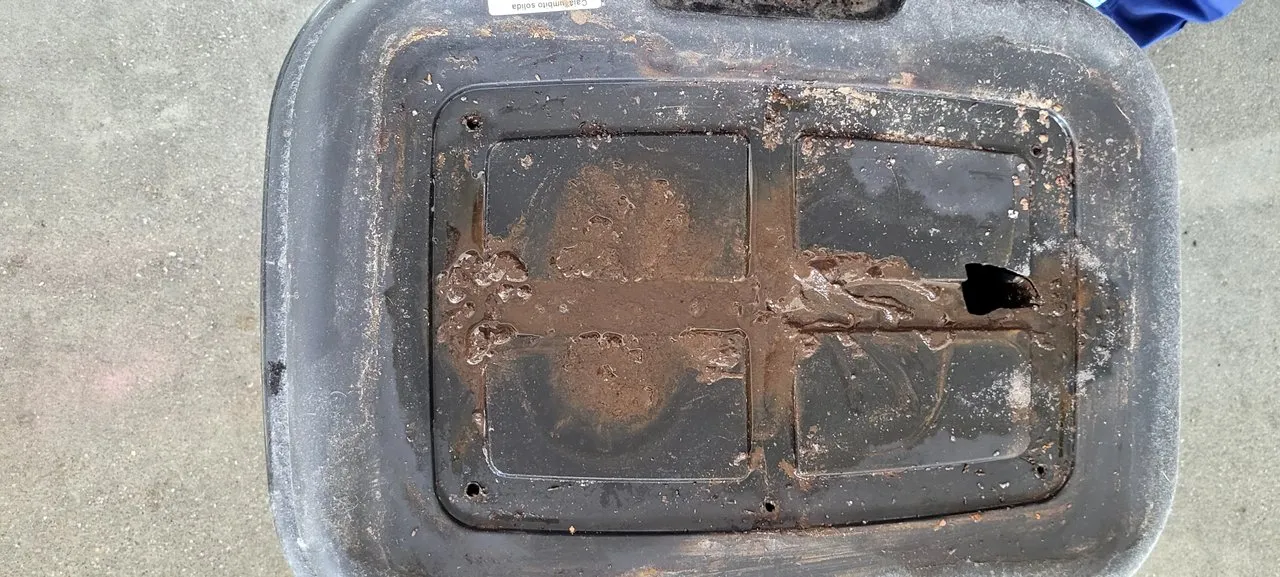
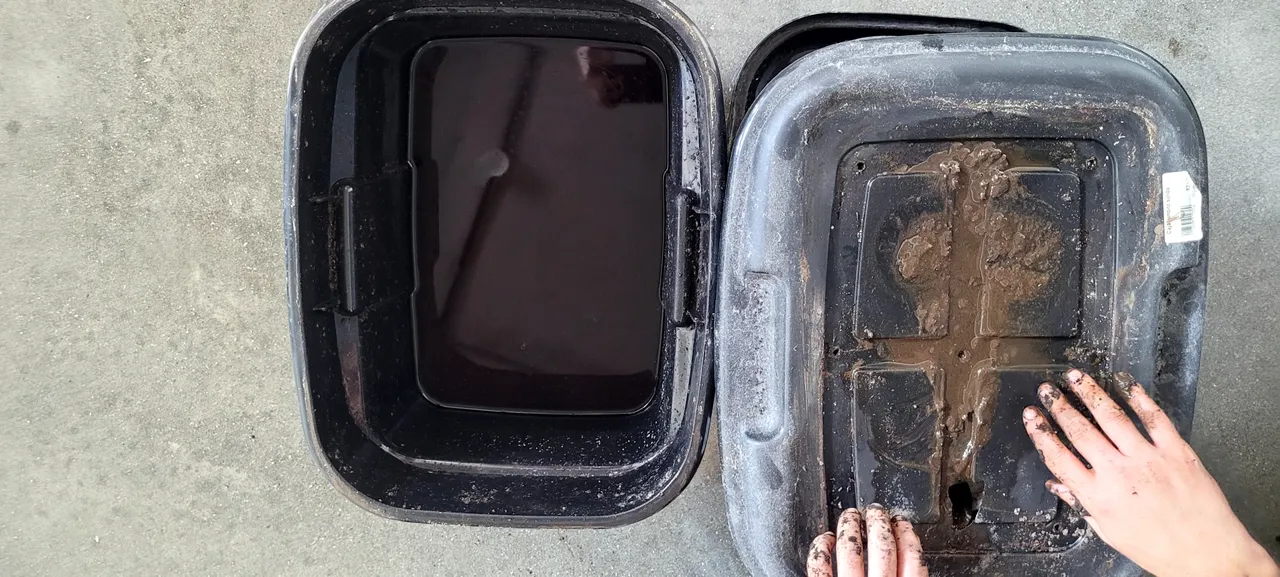
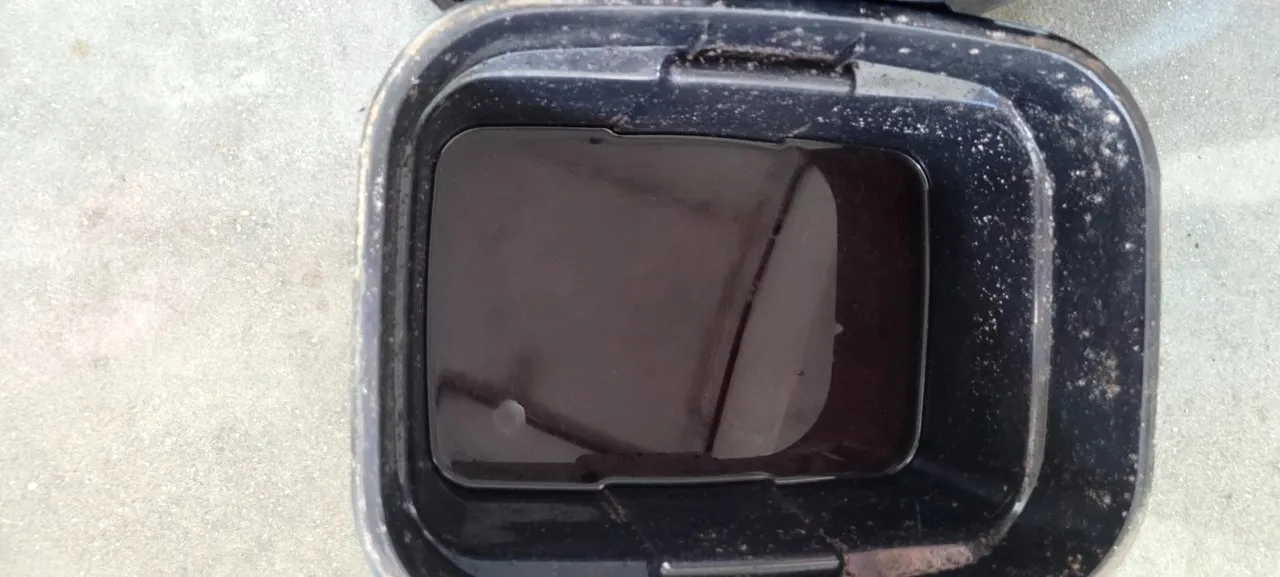
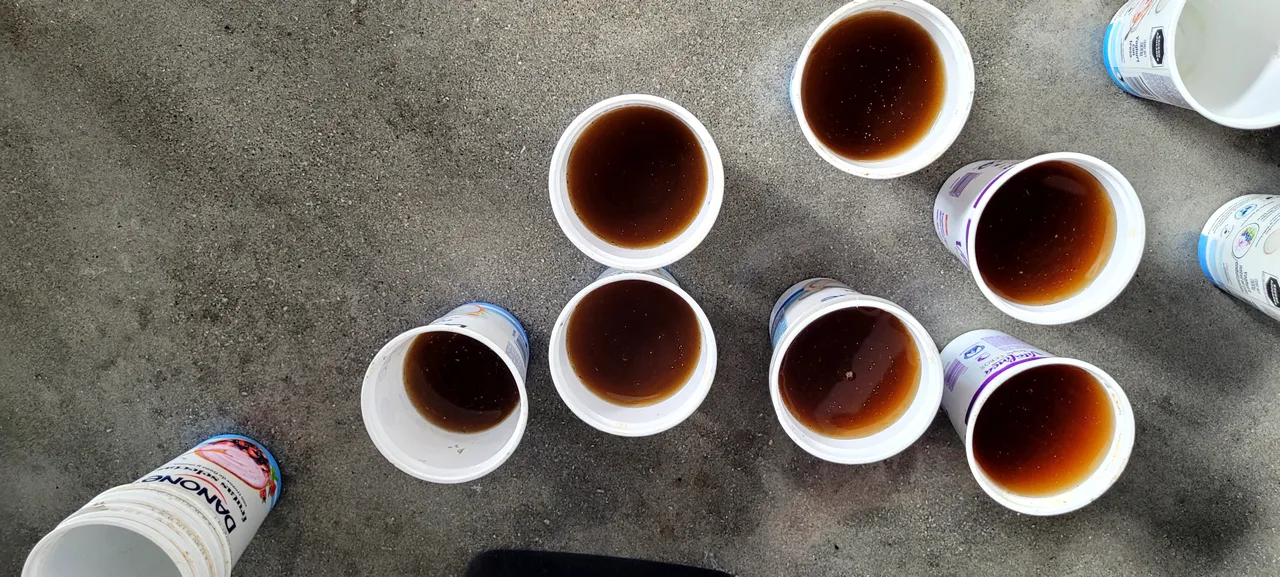
The bin is quite large, so there's no problem in taking out the liquid every month or two. We use it to provide nutrients to our plants and also to give to friends to use on their garden and also to encourage them to consider making their own compost systems at home :)
Feeding the red wigglers
After the plants have got their haircut and got a healthy dose of worm castings and worm tea. It's time to thank the ladies that have been hard at work all month by providing them with some delicious food scraps.
We keep these in recycled yogurt containers in the fridge. Looks like this month they'll me getting about 6 liters of banana, papaya, broccoli, potato and avocado peels and pits.
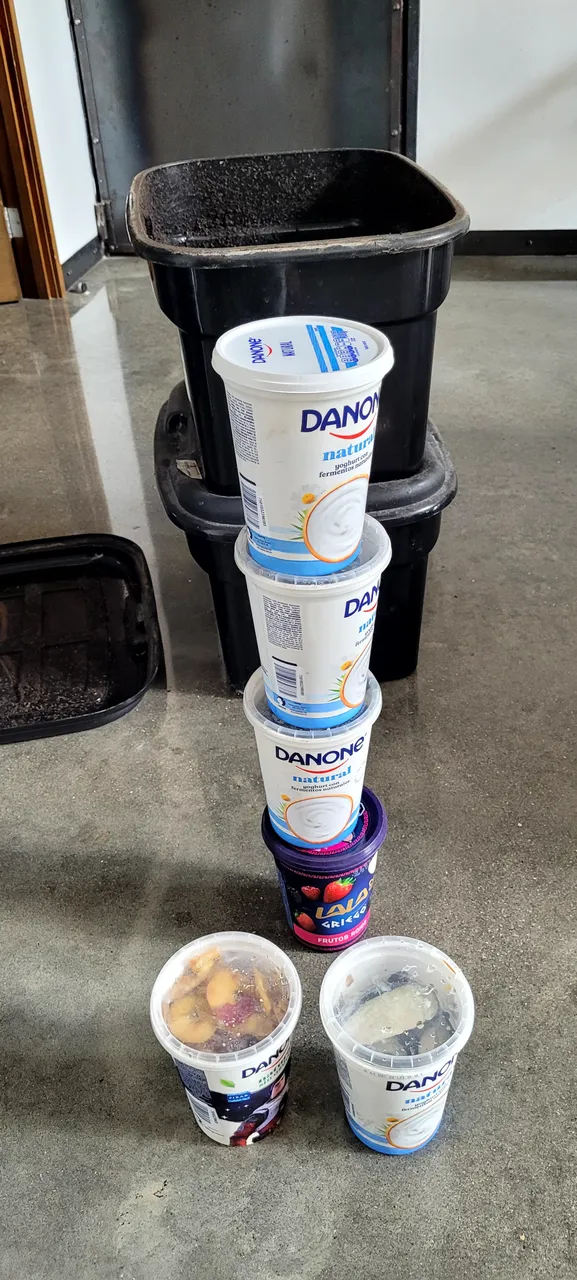

When you open the top bin, you won't really see them because they like to remain burried where it's cool and humid.
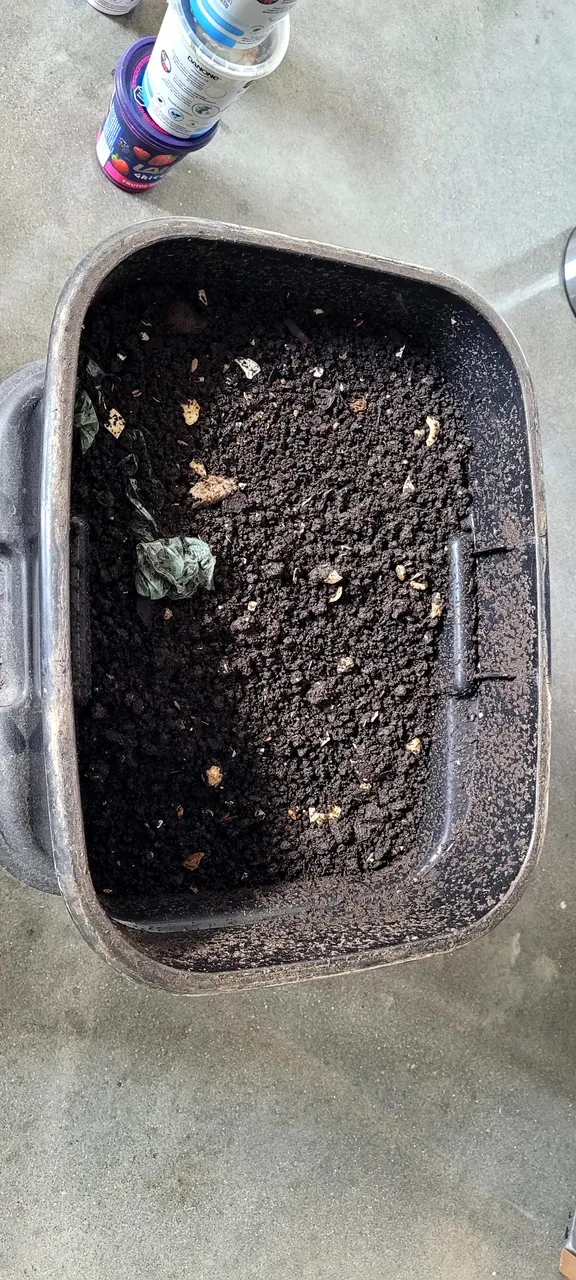
But as soon as you start digging, you'll see how many beautiful worms live in this brown, underground metropolis.
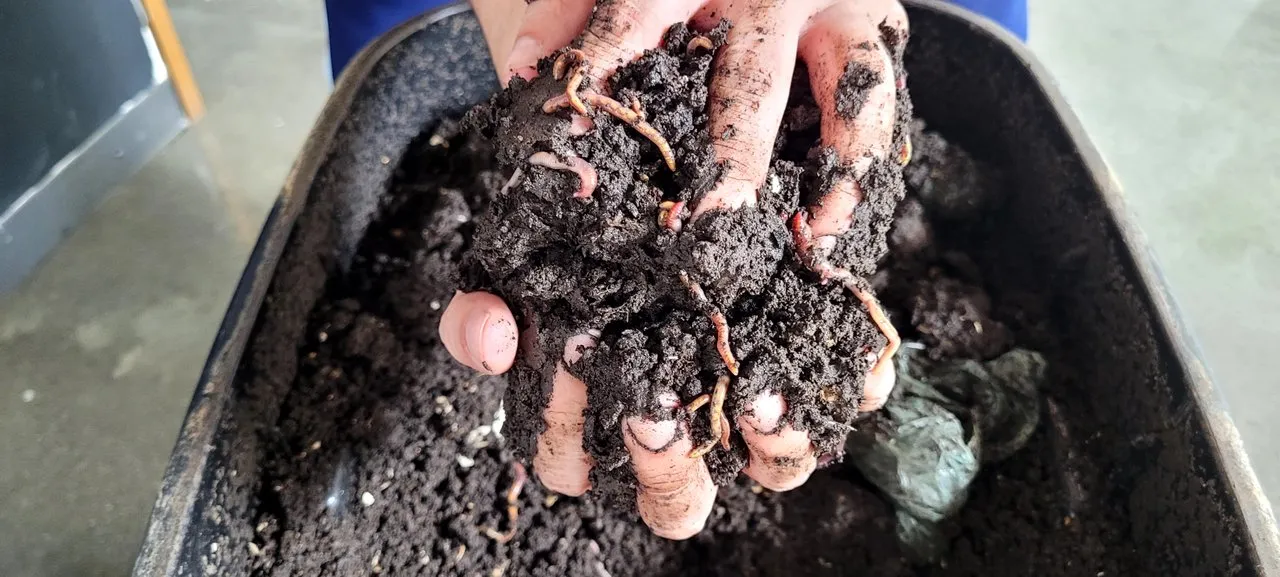
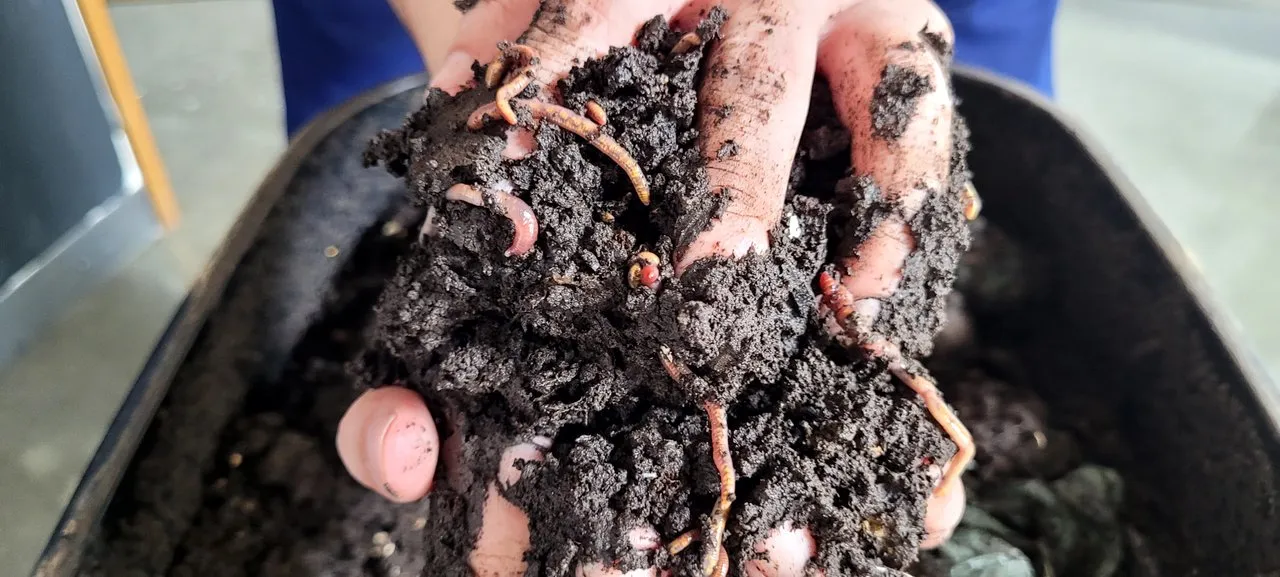
once I've made a hole big enough for the food scraps, I'll just dump everything in and cover it back up with soil and leave it there for another month.
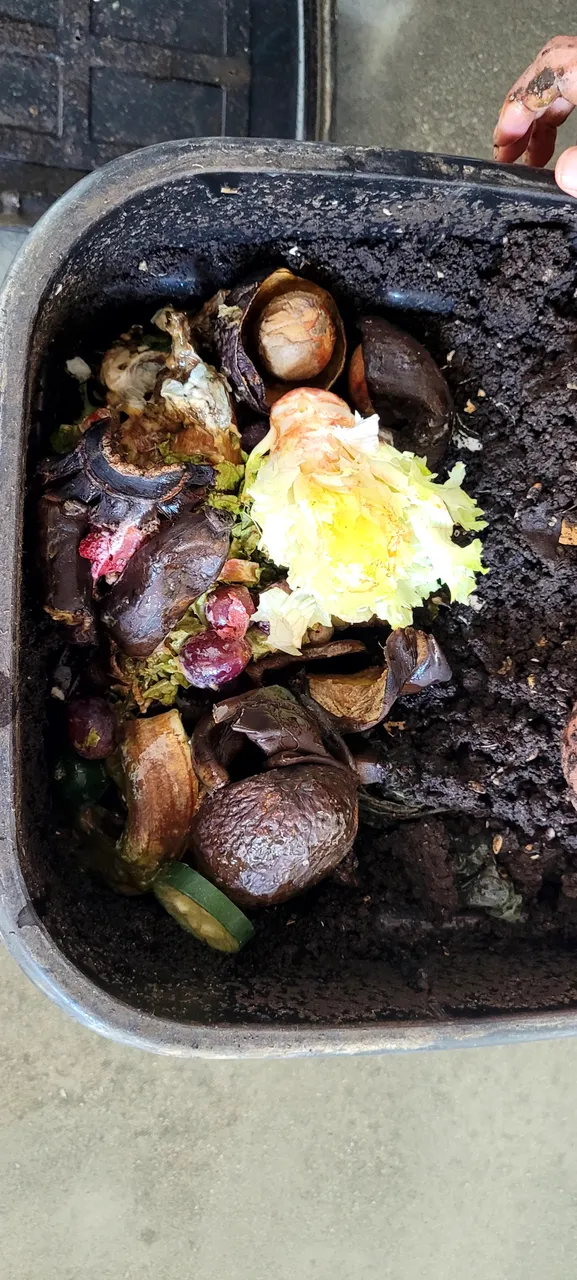


I like to rip up some egg carton since I've found it to be a good source of “brown” component in the brown-green, carbon-nitrogen balance that compost piles need. Ever since we've been doing this, our lovely compost has had a delicious, fresh smell.
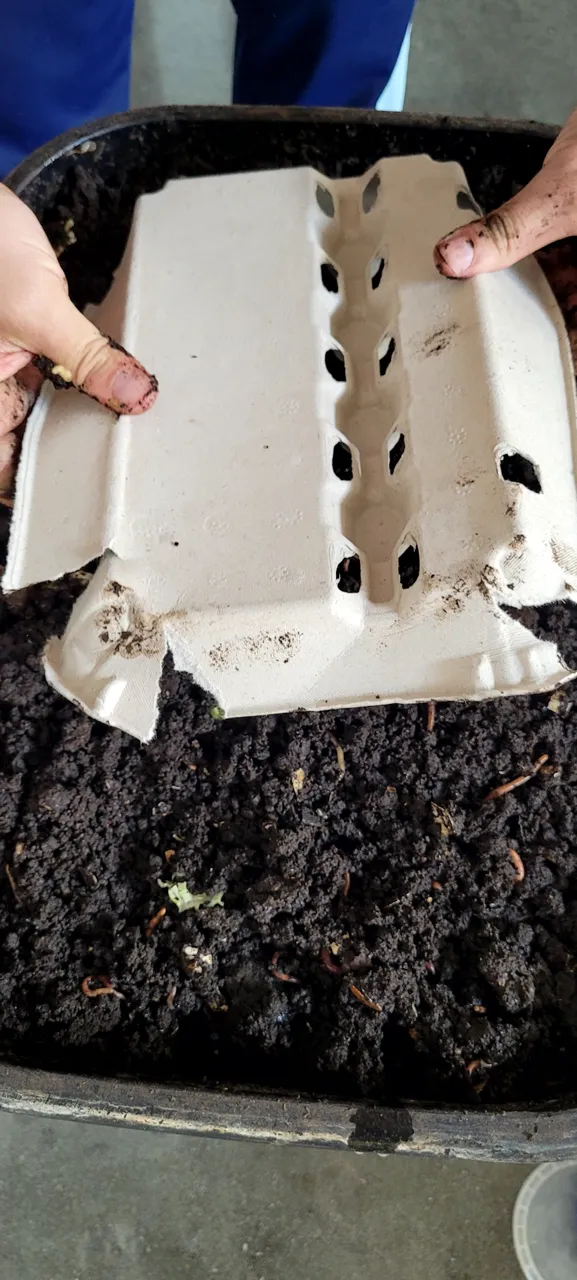
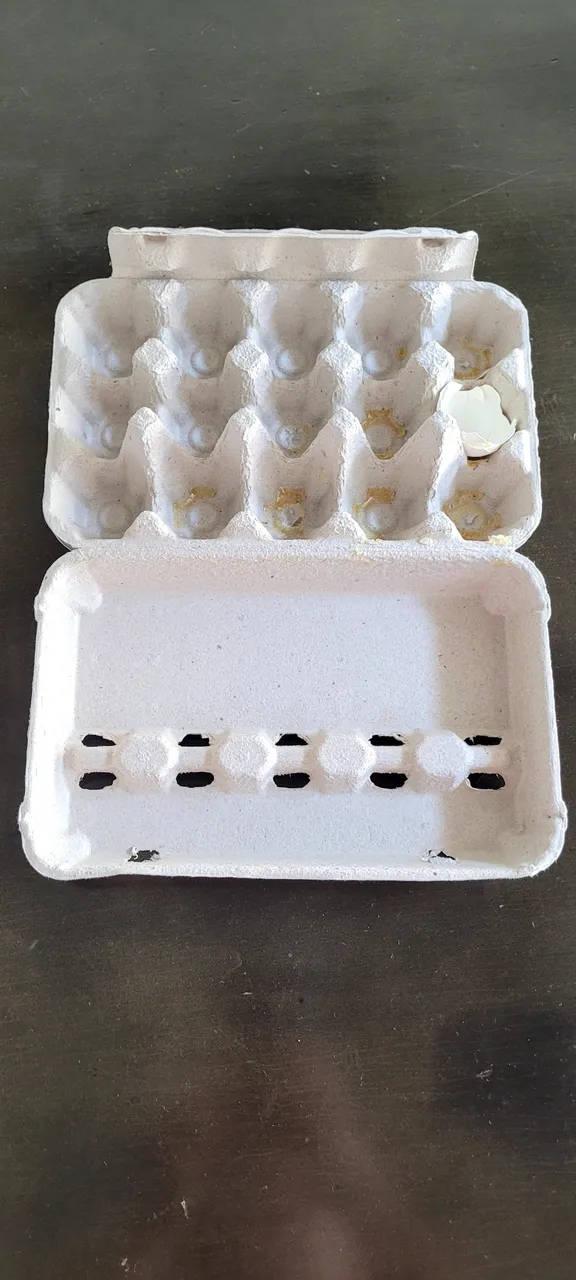
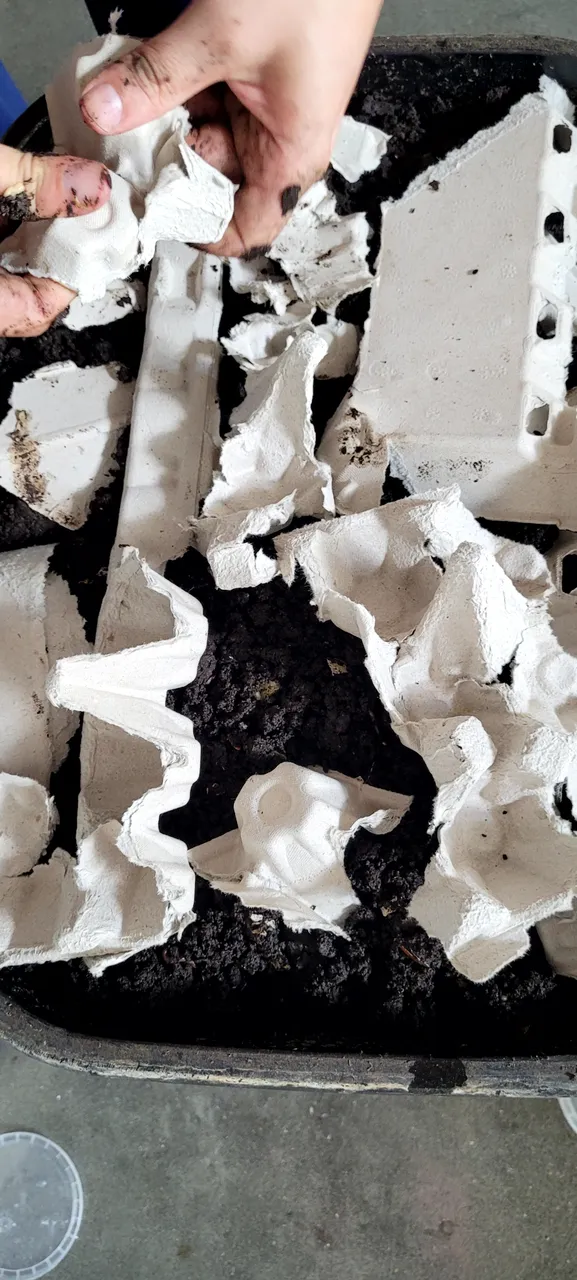
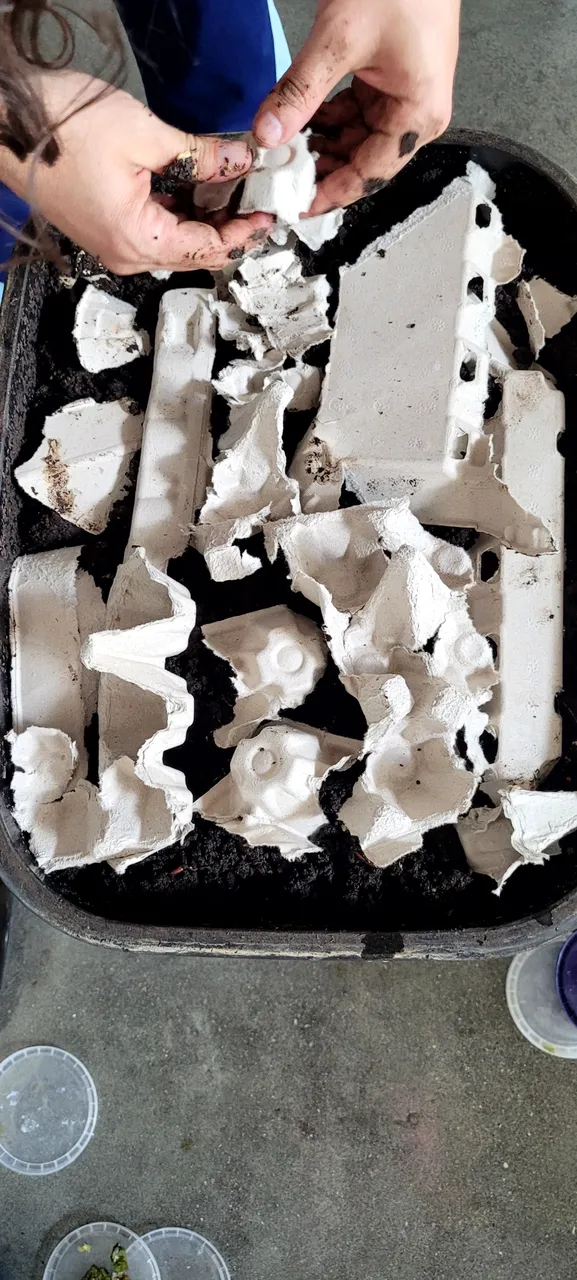
We'll also be adding some egg shells this time. I'm not exactly sure how this will affect our compost system, but we are experimenting for the sake of science.

The final step in today's process is to document the date that we fed the girls. Like I said at the beginning, we do it about every 30 days and it's been working fine. But if we ever notice something unusual, we can check the dates on the lid and figure out if we're overfeeding them or starving them to death.
right now it seems like we're in the sweet spot :)

Thanks everybody for stopping by to check out our garden care process. If your an urban garden lover like us, let us know how you take care of your plants at home.
until next time!